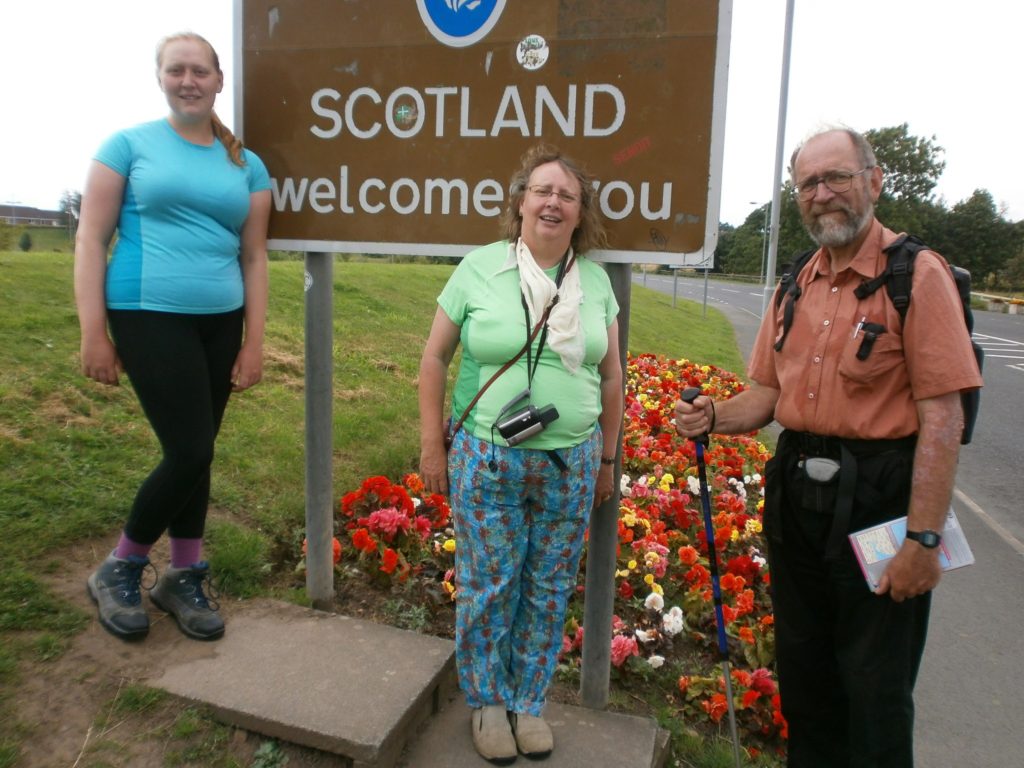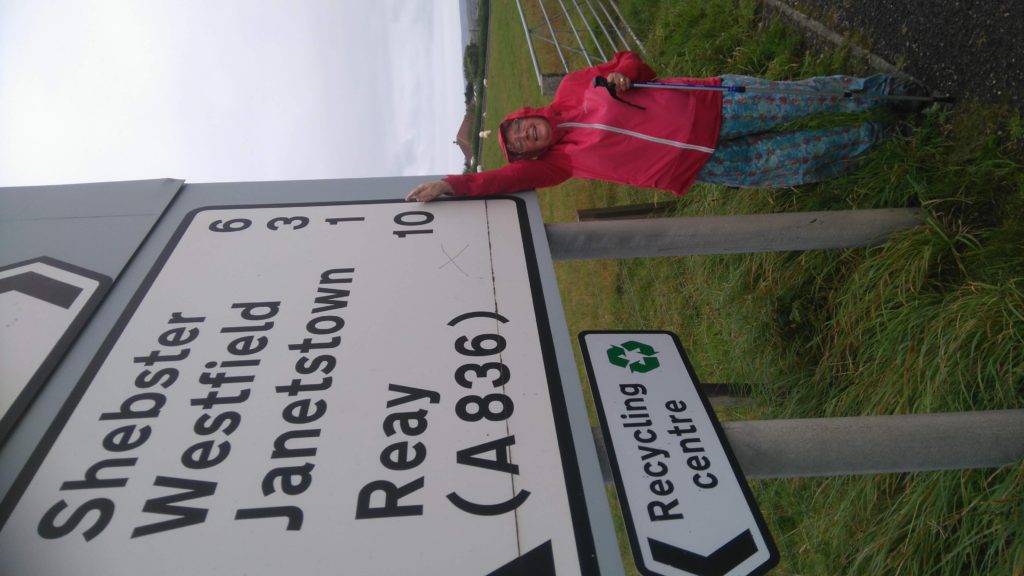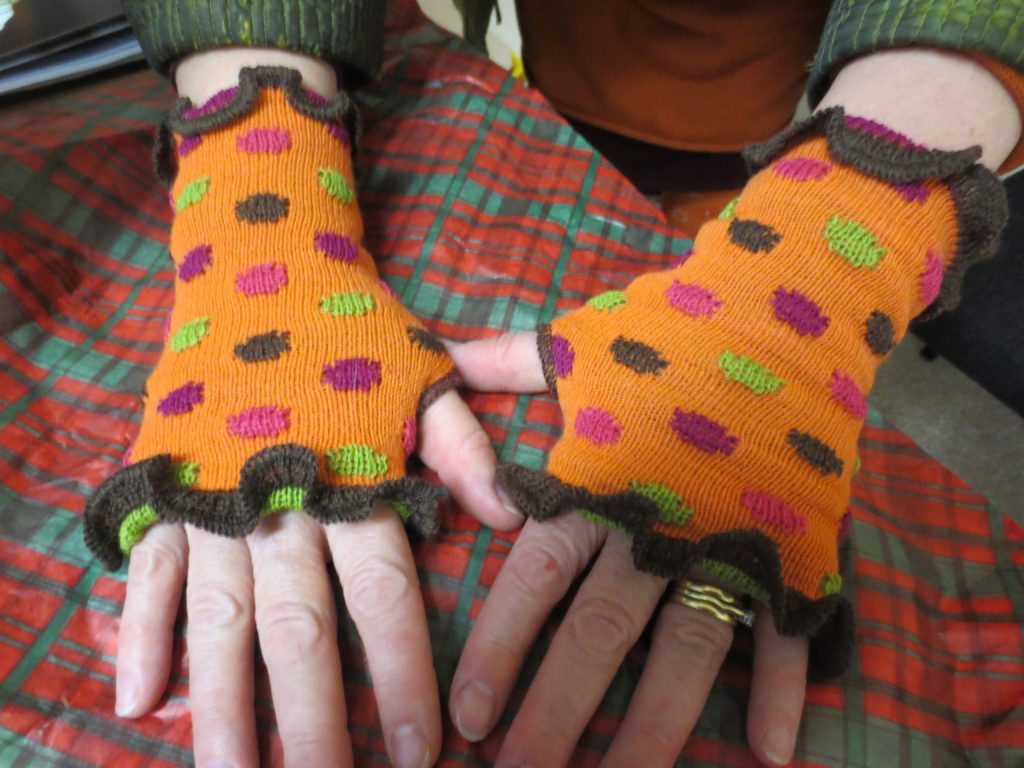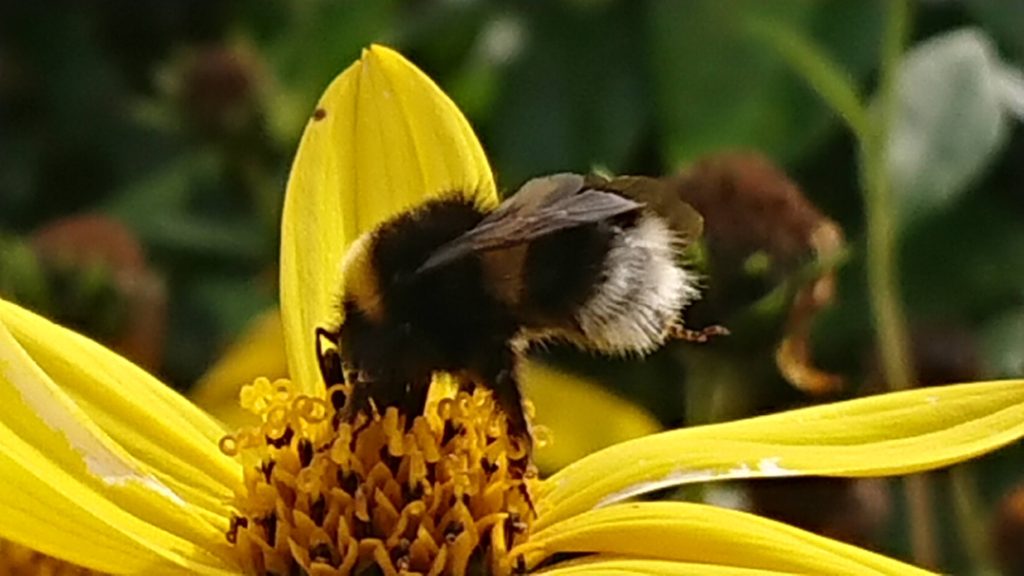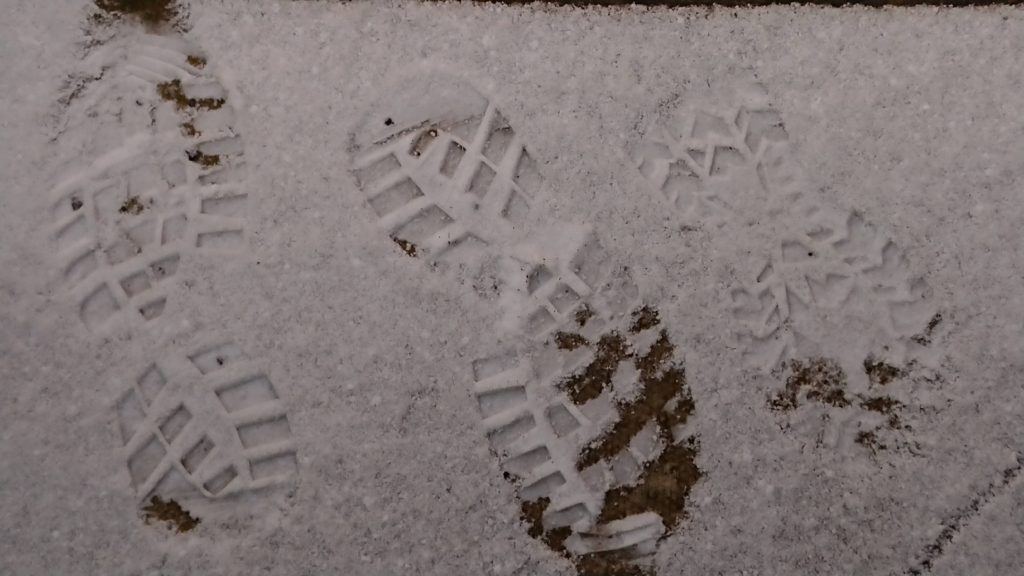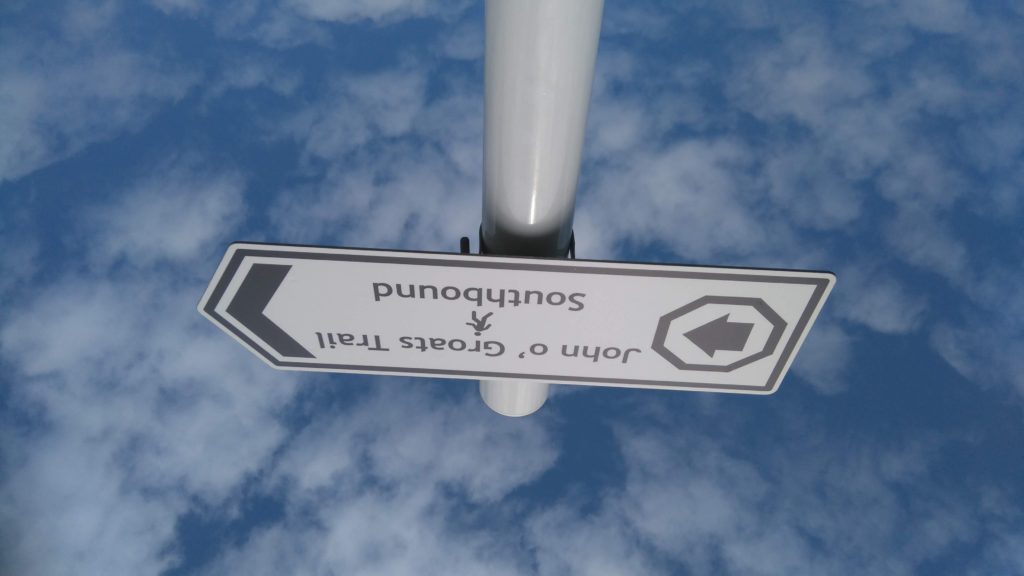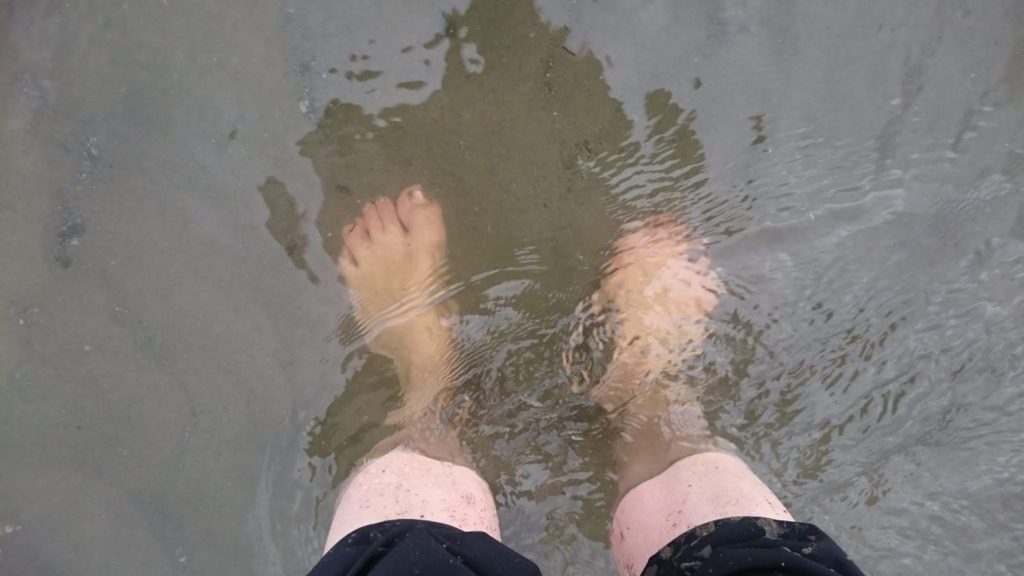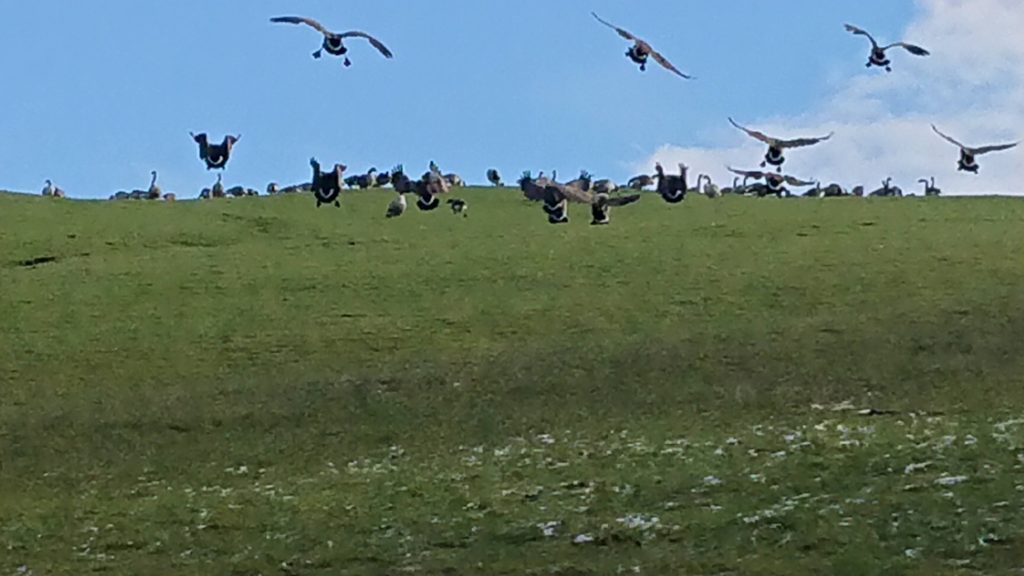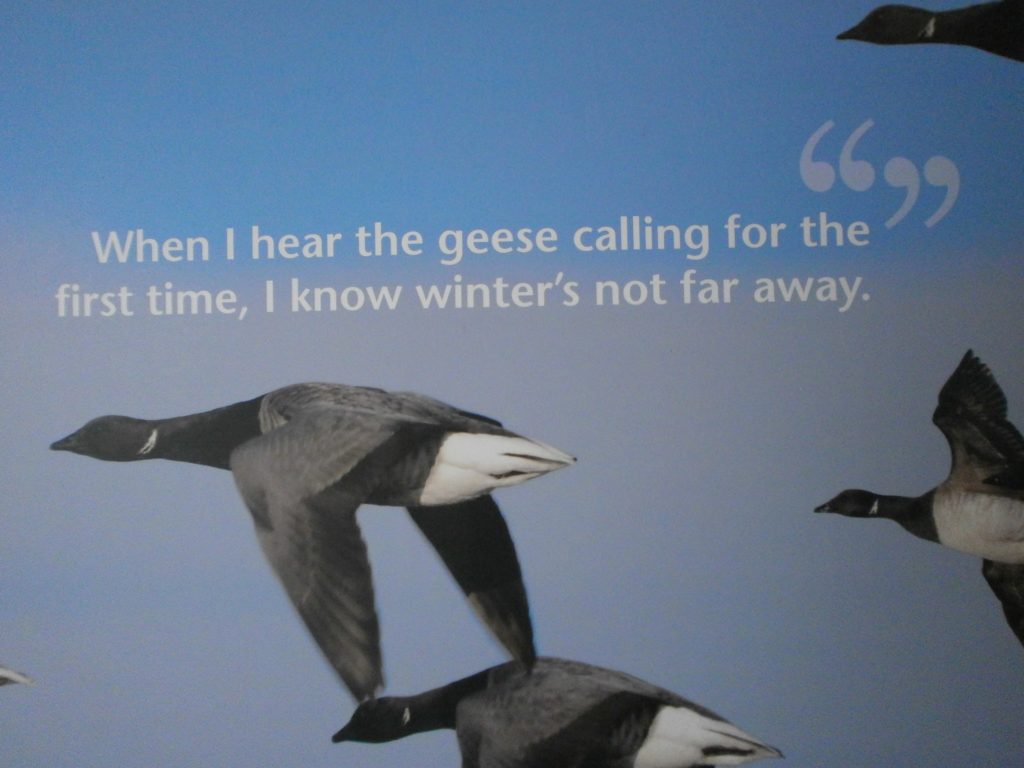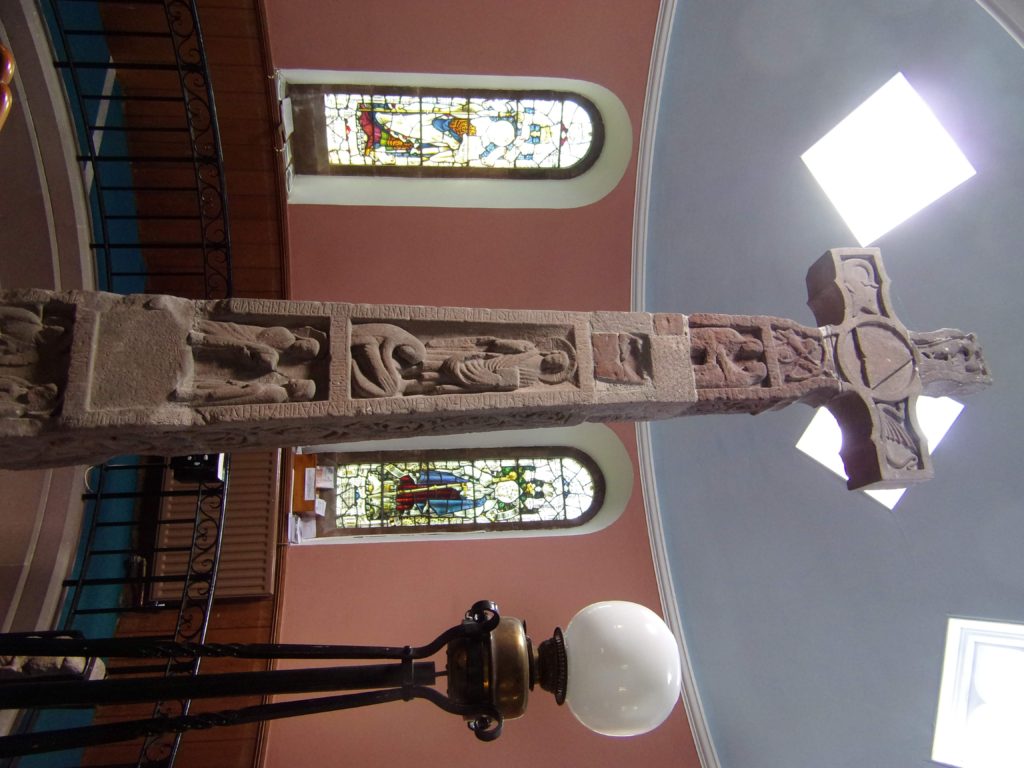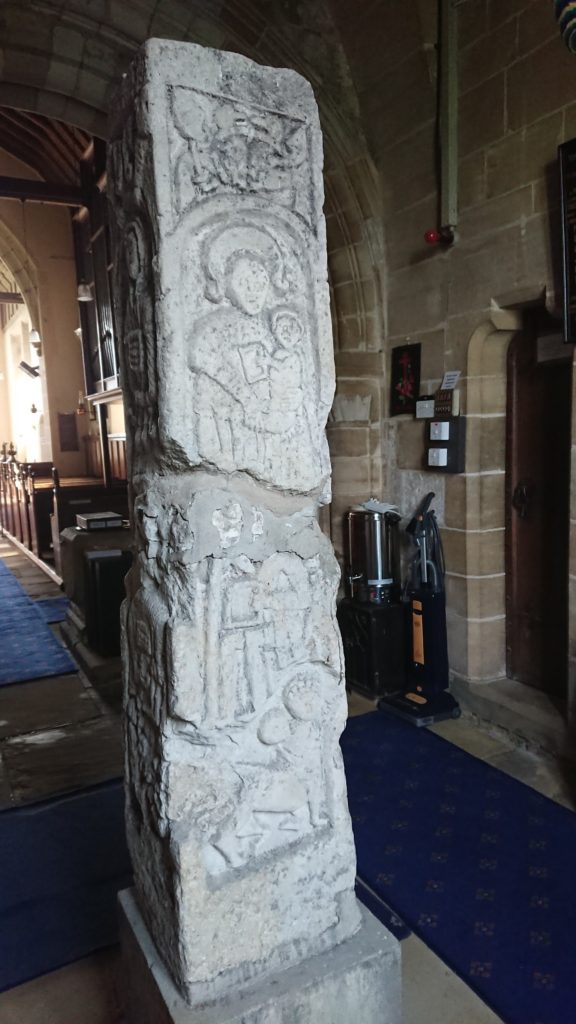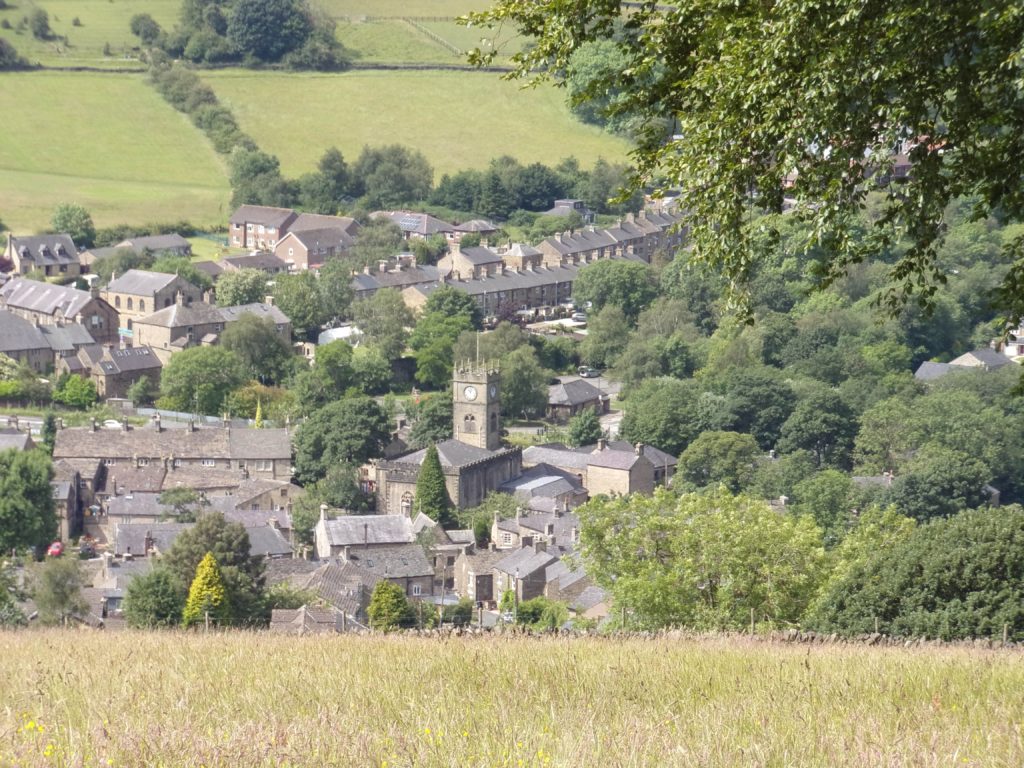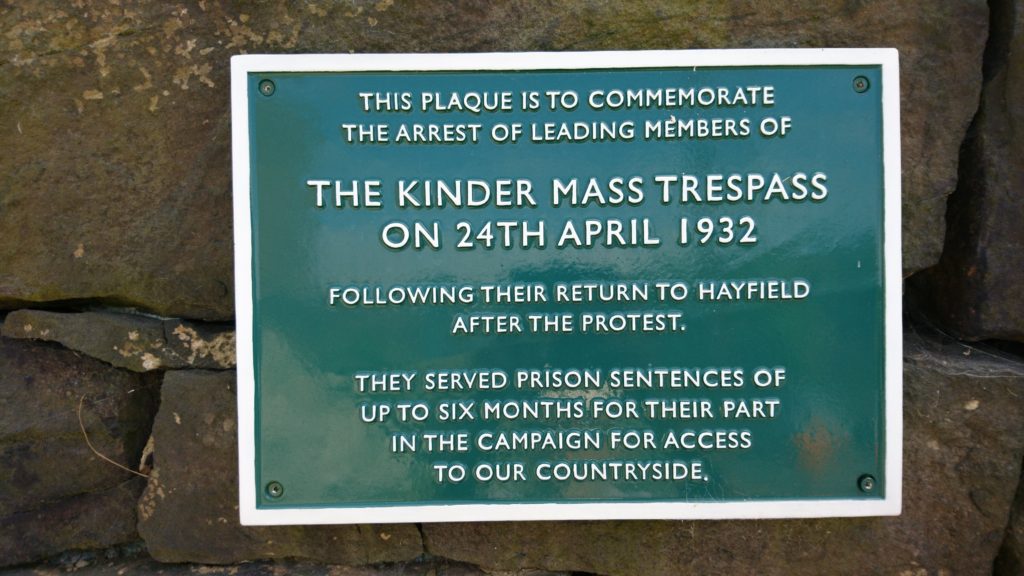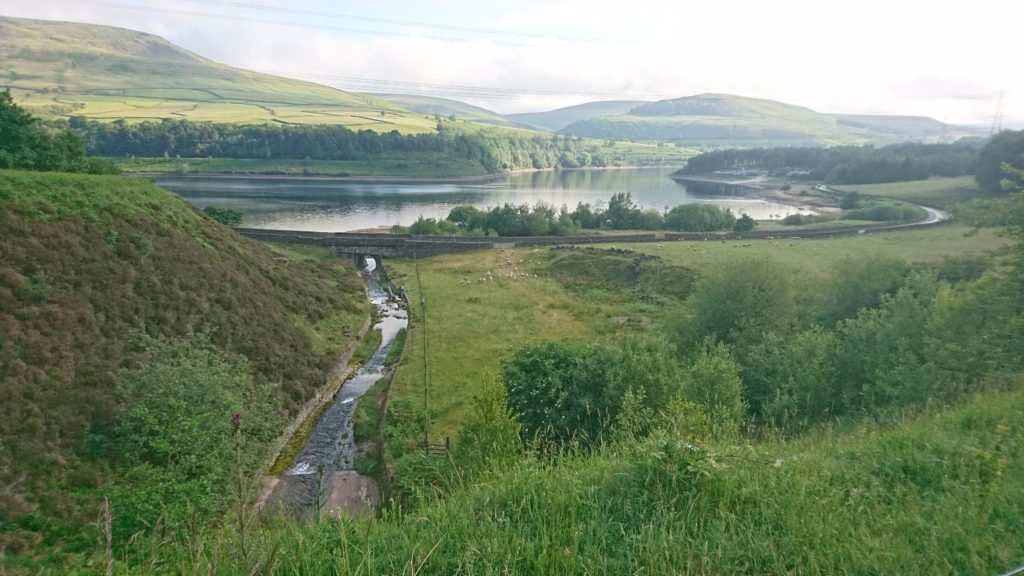Dear Benedict
We’re at that time of year we keep for Remembrance. It something that, having started up about 100 years ago, has gathered pace recently. I called today’s correspondence Remember because there’s a lot of that in your Rule. Of course you can turn to the text as often as you like if it’s accessible but memory also plays a part in living by the Rule. There are some bits I remember better than others, that see sort of foundational, like the beginning. Working backwards is harder as I don’t always get to the end.
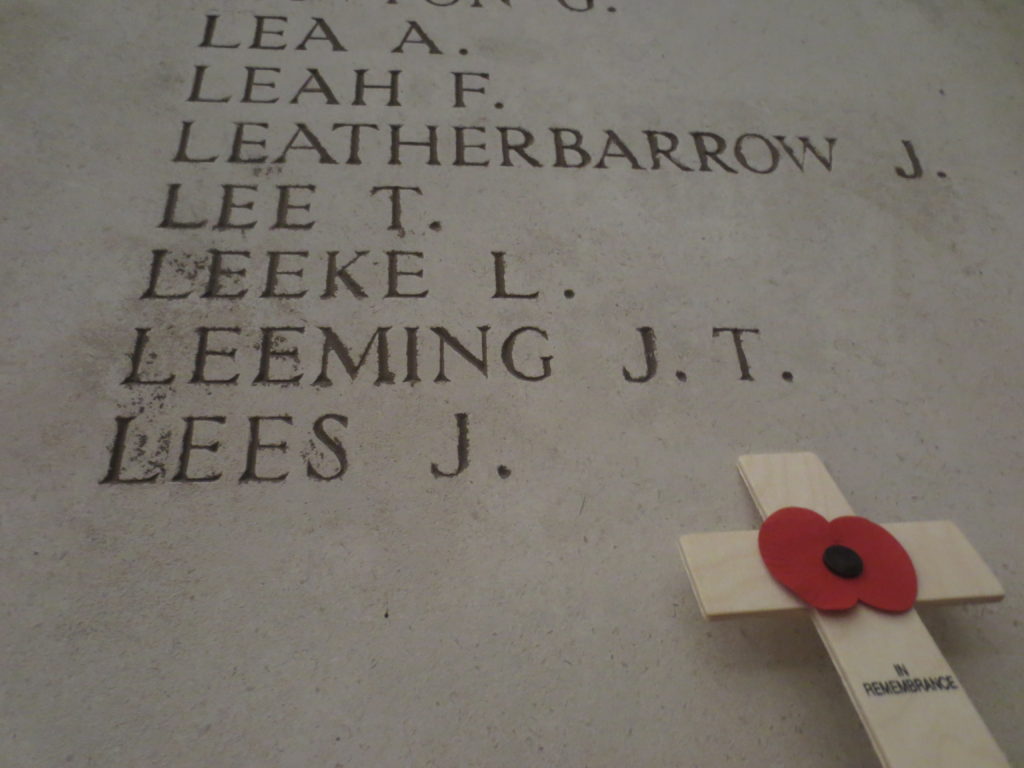
Which brings me to a few thoughts about chapter 69 and not defending other community members.
Like others following the Rule today I find myself looking at the commentaries and reflections published by those doing their following in different circumstances to me. Some are helpful, some less so. On the whole what I find unhelpful is a sort of detached ‘suck it up’ instruction. ‘Get on with it’ is not a very good encouragement to keep going in community if it seems difficult. Yes, I accept that hardship and challenge have their place in developing resilence in adult life. But so does justice and if I might be so bold as to say so, I find you a bit light on that, and some of your more recent followers seem like that too.
Perhaps you have all lived in ‘good enough’ communities. Maybe no one abused their power and everyone got on as well as they might. Goodness flowed and mental, psychological and spiritual health were available in abundance. I suspect that’s somewhat niave especially when interpreting chapter 69.
‘Don’t get caught up in the conflicts of others’ we are cautioned by one commentator. Well here I am again failing at living the Rule of St Benedict, me and many others too, if that really is what you meant.
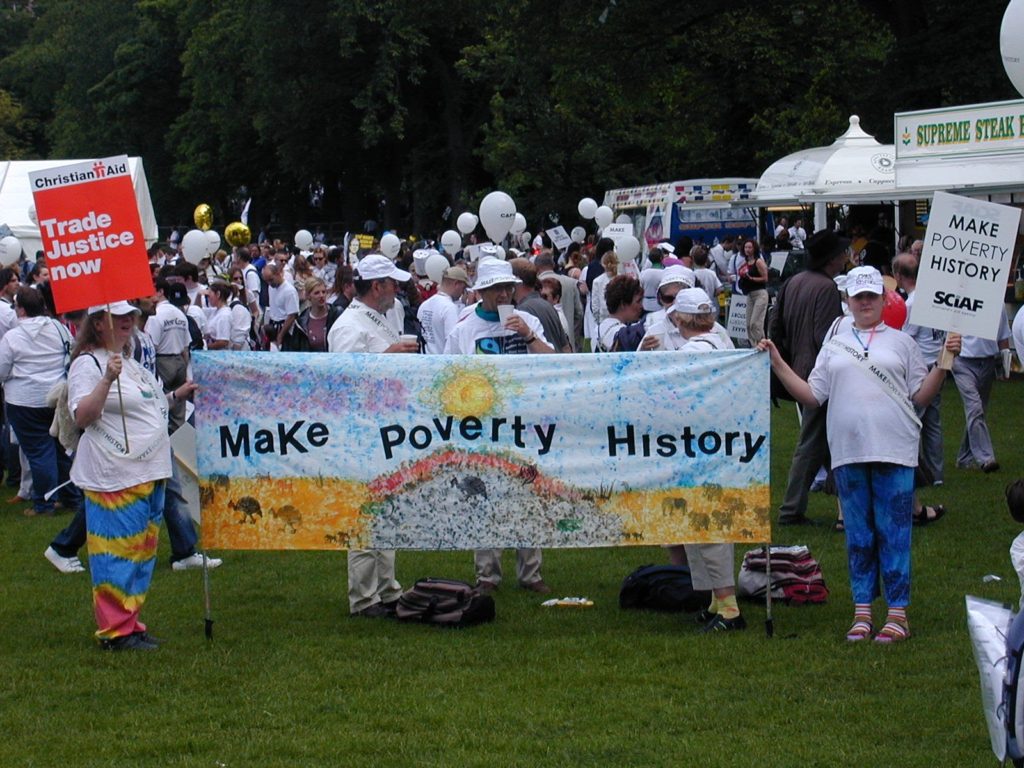
For the last 20 days an ordinary man has been on hunger strike outside the Foreign Office in London, silently and with as much dignity as possible, asking for his wife, being held hostage in another country for over 6 years, might come home. I’m not related to him. He’s not a member of my family. I don’t live near him. I’ve never met him. But I have writen to him several times and I am caught up in his unjust situation.
He’s just one of several examples I could point to. A number of my former colleagues still contact me to discuss the injustices they experience, bullying and other forms of power abuse, in their ministries, often because there are unjust silences held over such issues. Don’t talk about it. Endure. These are not healthy messages.
But it’s not clear that chapter 69 recognises this. One commentator tells us that life is not perfect. Indeed it is not. But it is one thing for life not to be perfect and quite another to stand by and see others destroyed by the abuse of power in communities.
As I write this COP26 in Glasgow is nearly running on empty, as one rewrite after another waters down the language of change that is required to really tackle climate change. This is a global abuse of power. Once again the most vulnerable loose out. Are you really saying in Chapter 69 that I shouldn’t take sides in any of this.
For me that’s a direct contradiction to the gospel where Jesus encourages his followers to side with the vulnerable and marginalised. Why would we not do that? Why be bystanders when we could make a difference for justice?
I’m not planning to escalate a community conflict but neither would I be willing to stand by and see injustice go unchecked. In my remembered bible, there’s a story about a widow and an unjust judge. The widow keeps pleading and the judge keeps ignoring her. Yes, she seems strong, but the judge in the story really is a sod! Jesus makes it quite clear that God is not like the judge and by extension we should not be either. But equally we should not just stand by and see the widows or similar in our communities just take it because it will make them stronger. I shudder at that thought. It is when the churches have been silent on issues of justice, particularly those within their own communities that they have failed in their gospel witness.
Remembrance bring us face to face with the outcomes of the escalation of global conflict, and urges us towards peace. But peace and justice have to go hand in hand. In the psalms I remember they even kiss.
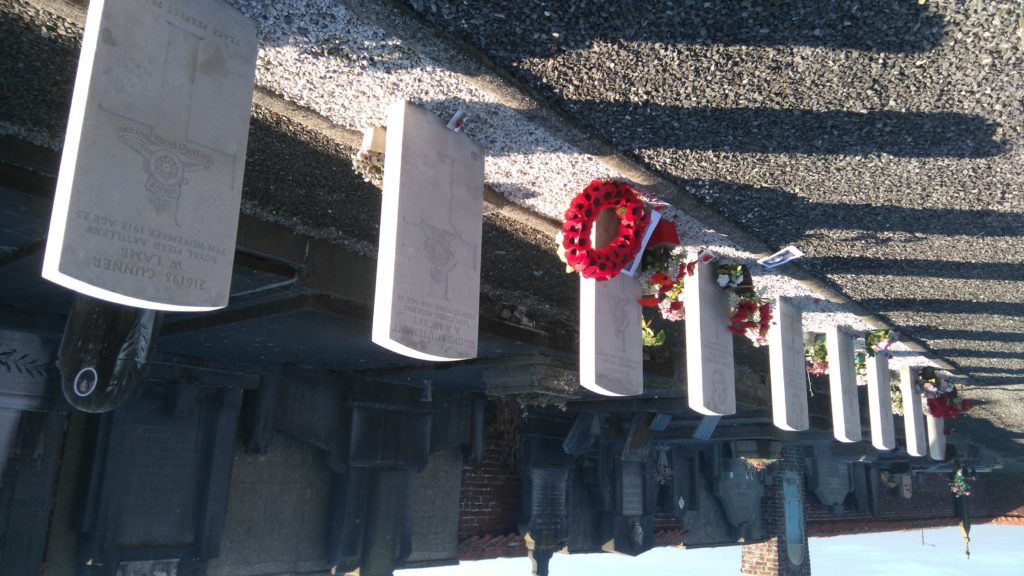
I hope I won’t be violent in community, but I also hope I’ll not be standing by while power is abused and people are damaged. Chapter 69 and some commentaries on it may need a rewrite.
From my remembered bible: Justice and peace join hands
Help me to remember and to live justly.
From a Friend of Scholastica and a Member of the Lay Community of St Benedict.

